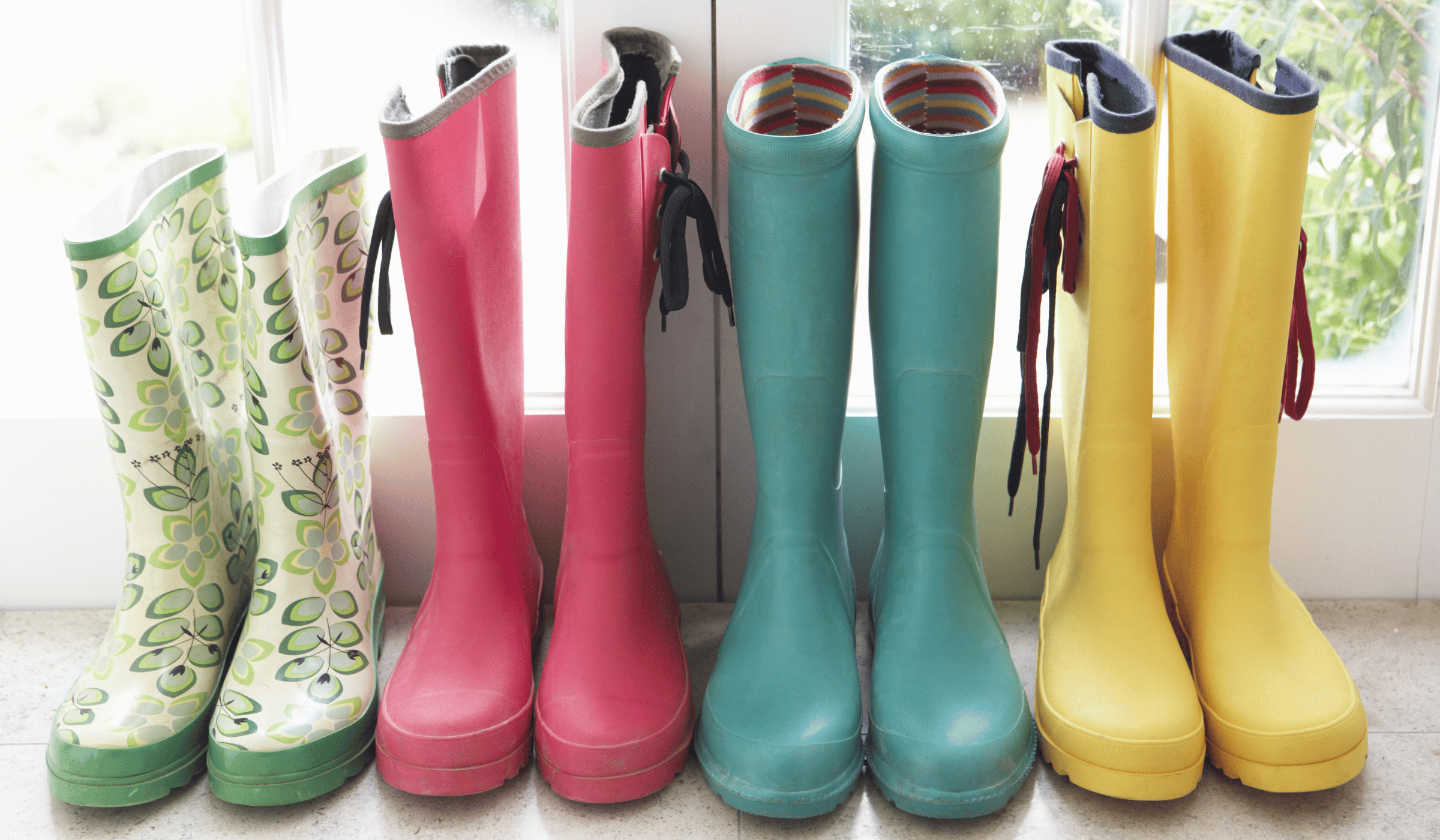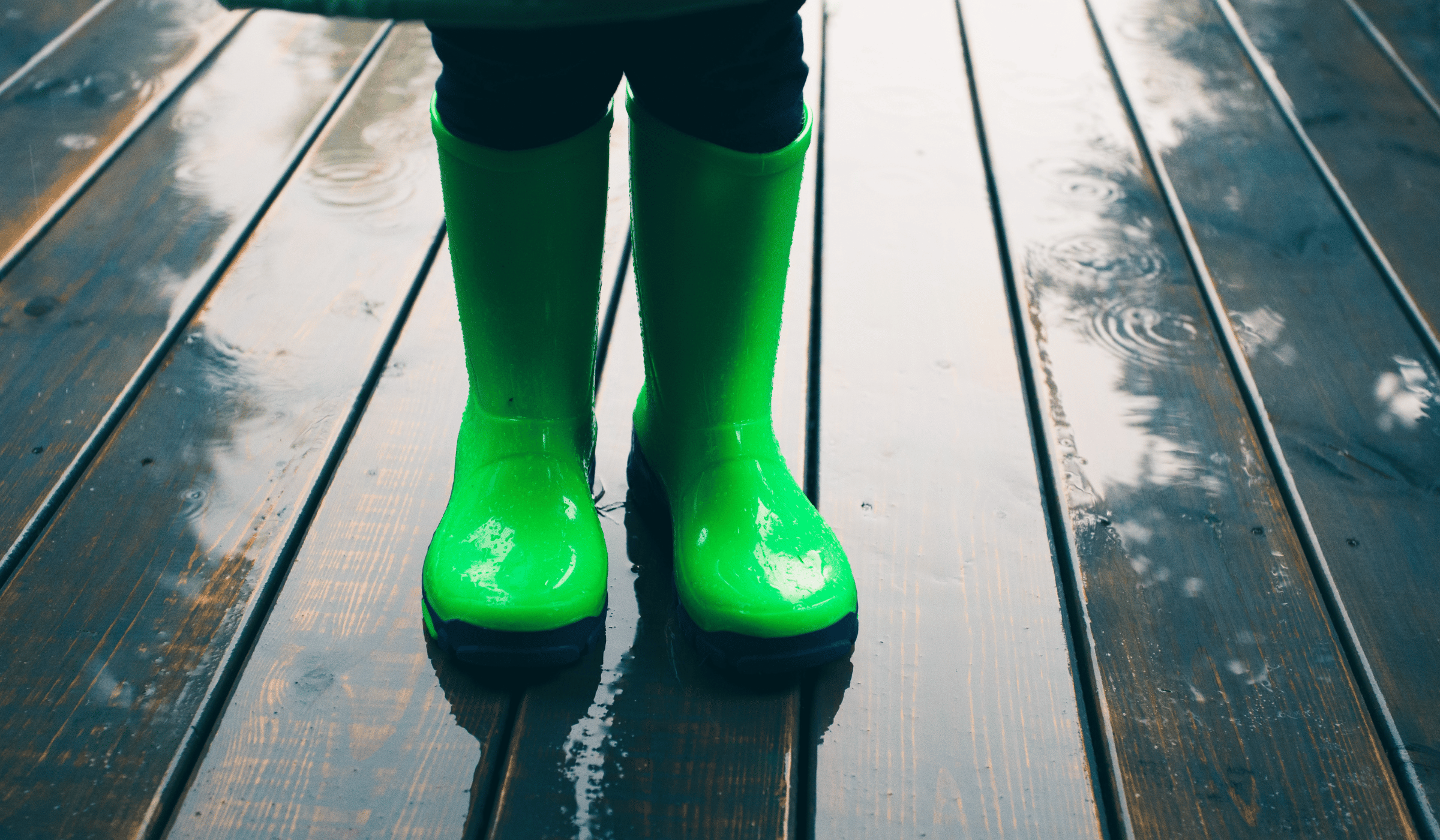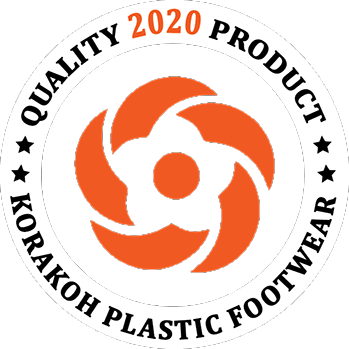Safety and comfort are top priorities when working in industrial environments such as manufacturing plants, construction sites, oil and gas refineries, and agricultural farms. In such settings, your footwear isn’t just an accessory; it’s a crucial piece of personal protective equipment (PPE). While many people associate rain boots with casual wear or farming, industrial-grade rain boots are specifically engineered to protect workers in wet, hazardous conditions.
In this article, we’ll guide you through how to choose the best rain boot for industrial use. We’ll explore safety features, materials, types, certification standards, and key factors such as durability, comfort, and cost-efficiency.
1. Understand the Purpose of Industrial Rain Boots
Unlike casual rain boots, industrial rain boots are built to protect against harsh work environments. Their main functions include:
- Waterproofing to keep feet dry
- Slip resistance on wet or oily surfaces
- Chemical resistance in industrial or laboratory settings
- Impact and puncture protection for worksites with heavy tools or debris
- Electrical hazard protection for electricians or maintenance workers
The best rain boots will not only keep your feet dry but also protect against specific occupational hazards.
2. Consider the Industry Requirements
Different industries require different features. Here’s a quick breakdown of what to prioritize based on your line of work:
- Construction & Heavy Engineering: Look for boots with steel toe caps, puncture-resistant midsoles, and slip-resistant outsoles.
- Oil & Gas Industry: Chemical-resistant and anti-static boots are crucial.
- Agriculture: Boots that are mud-resistant, waterproof, and lightweight are perfect.
- Food Processing: Non-slip soles and easy-to-clean materials such as PVC are essential.
- Electrical Work: Electrically insulated boots (EH-rated) to prevent electric shock.
Being aware of your unique needs might greatly reduce the number of options available to you.

3. Choose the Right Material
The material of the rain boot plays a huge role in determining its durability, flexibility, and level of protection. Common materials include:
a. PVC (Polyvinyl Chloride)
- Pros: Affordable, chemical-resistant, lightweight
- Cons: Less flexible and may crack in cold temperatures
- Best For: Food processing, light industrial tasks
b. Rubber (Natural or Synthetic)
- Pros: Excellent waterproofing, flexible, high traction
- Cons: Heavier and more expensive
- Best For: General construction, wet and muddy environments
c. Polyurethane (PU)
- Pros: Lightweight, durable, comfortable
- Cons: Costlier
- Best For: Long hours of standing, especially in agriculture or factory lines
4. Look for Safety Toe Options
Safety toe protection is critical in most industrial settings. There are three main types:
- Steel Toe: The industry standard for maximum impact and compression resistance. Ideal for construction and heavy-duty work.
- Composite Toe: Made of Kevlar, carbon fiber, or plastic. Lighter and non-metallic, suitable for electrical or security-sensitive areas.
- Aluminum Toe: Lighter than steel but still offers excellent protection. However, less common in rain boots.
Always check that the safety toe meets ASTM F2413 or EN ISO 20345 standards.
Step Into Safety. Explore Our Certified Boots Today.
5. Prioritize Slip Resistance
Slips, trips, and falls are among the most common workplace accidents. Ensure that your rain boots feature:
- Deep-lug soles
- Oil and chemical-resistant rubber outsoles
- Anti-slip tread patterns
Rubber and PU soles often perform best in wet, greasy, or uneven environments. Also, look for soles tested to SRC standards, which indicate superior slip resistance on ceramic and steel surfaces.
6. Evaluate Comfort and Fit
Good industrial rain boots should be comfortable to wear for hours. Here’s what to consider:
- Cushioned Insoles: Absorb shock and reduce fatigue
- Ergonomic Design: Conforms to foot shape, reducing pressure points
- Height and Fit: Mid-calf or knee-high boots offer better protection. Make sure they aren’t too tight or loose
- Breathability: Look for moisture-wicking or antimicrobial lining to reduce sweating and odor
Trying on the boots with your usual work socks will help determine the right size and fit.
7. Check for Additional Safety Features
Advanced boots may come with added features like:
- Puncture-resistant midsoles: Made from steel or Kevlar for sharp object protection
- Insulation: Keeps feet warm in cold weather environments
- Reflective strips: For better visibility during night work
- Ladder grips: Provide additional traction when climbing ladders
While these extras may raise the cost, they’re often worth it in high-risk environments.

8. Verify Certifications and Standards
To ensure that your rain boots meet safety and quality requirements, look for compliance with these certifications:
- ASTM F2413: U.S. standard for impact, compression, and electrical hazard protection
- EN ISO 20345: European standard for safety footwear
- CE Marking: Indicates conformity with European health, safety, and environmental protection
- SIRIM Certification (Malaysia): Ensures local product compliance with safety regulations
- MS 1599: Malaysian Standard for safety footwear used in industrial environments
Boots without proper certification may put you at risk, even if they appear durable.
9. Brand Reputation and Supplier Credibility
A boot is only as reliable as the manufacturer behind it. Choose a brand of industrial rain boots that has a reputation for safety and durability. Some top-rated brands include:
- Dunlop
- Honeywell
- Rocklander
- King’s by Honeywell (popular in Malaysia)
- Bata Industrials
- Korakoh Boots
Ensure that you buy from an authorized safety boots supplier in Malaysia who provides warranty coverage and after-sales service. This ensures you’re not getting counterfeit or substandard products.
10. Consider the Price-to-Performance Ratio
While it’s tempting to go for the cheapest option, industrial rain boots are a long-term investment. Focus on the total value:
- Lifespan: A slightly more expensive boot that lasts longer may save money in the long run
- Protection: Consider the potential cost of injury versus the cost of the boot
- Comfort: Discomfort can lead to fatigue and errors on the job
Buying cheap, uncertified boots can be costly in terms of both safety and productivity.
Final Thoughts
Choosing the best rain boot for industrial use is not just about staying dry—it’s about staying safe, comfortable, and compliant with industry standards. Whether you work on a slippery construction site, an oil rig, or a chemical plant, your boots must be up to the task.
By assessing work conditions, understanding required safety features, and choosing trusted manufacturers and suppliers, you can make informed decisions that protect your health and improve workplace efficiency.
